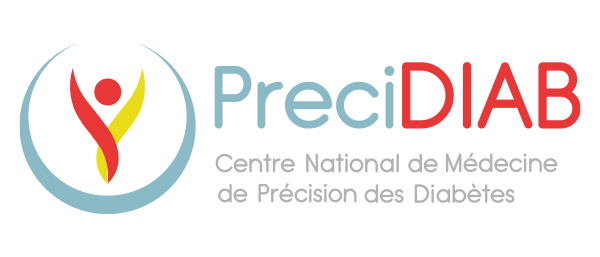For this new issue, Prof. Jean-Baptise Beuscart presents his work in the field of artificial intelligence and e-health in order to better understand the objectives attached to these technological applications as well as the proposal of the National Center PreciDIAB to answer to these new challenges.
Part of the PreciDIAB program aims to optimize anti-diabetic treatments during hospitalization. With my team and other academic and industrial collaborators, we will develop strategies for the prevention of iatrogenism (ie adverse effects caused by taking one or more drugs) using computerized decision support systems in respecting two key stages: (1) design of dynamic, reliable and specific rules; (2) a thoughtful and concerted integration of these alerts into the multi-professional care process, adapted to the care context.
We will also develop pre-screening tools that can take advantage of the rich but heterogeneous data in the Lille University Hospital data warehouse. These tools will be based on first level artificial intelligence (terminological alignment, automated annotation, etc.) and second level (supervised and unsupervised classification). Ultimately, the development of this project will make it possible to better detect and correct situations at iatrogenic risk and / or requiring therapeutic optimization in hospitalized diabetic patients, in conjunction with the outpatient sector and the patient.
In addition, a detailed analysis of the data concerning diabetic patients hospitalized at the Lille University Hospital will make it possible to determine the recruitment capacities of diabetic patients at the Lille University Hospital, to carry out pre-screening for inclusion in clinical trials, and to clarify the scope of some clinical questions.
These essential functions will be able to meet the expectations of institutional and industrial research.




